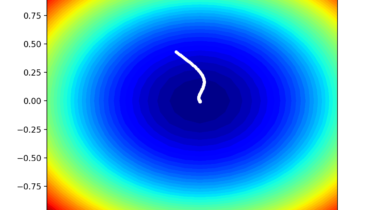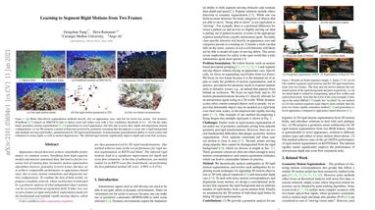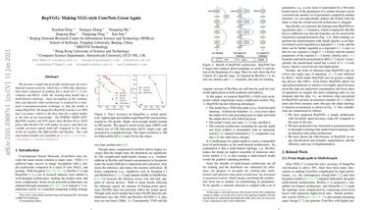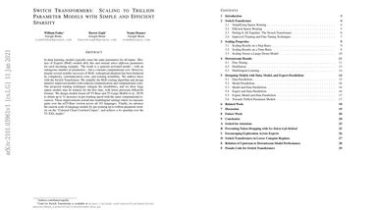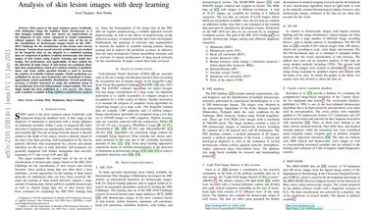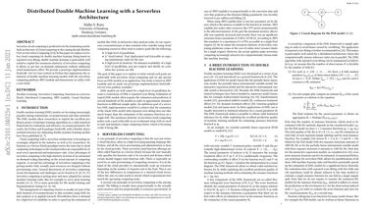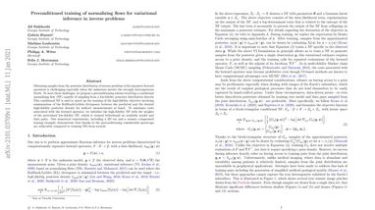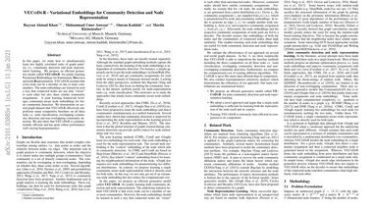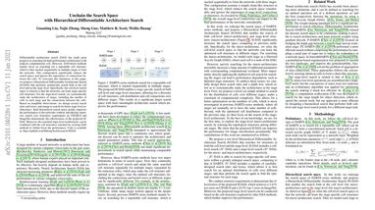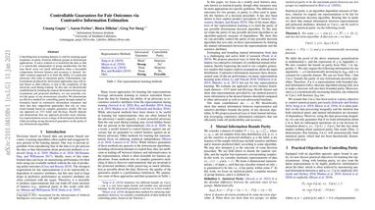Code Adam Gradient Descent Optimization From Scratch
Gradient descent is an optimization algorithm that follows the negative gradient of an objective function in order to locate the minimum of the function. A limitation of gradient descent is that a single step size (learning rate) is used for all input variables. Extensions to gradient descent like AdaGrad and RMSProp update the algorithm to use a separate step size for each input variable but may result in a step size that rapidly decreases to very small values. The Adaptive […]
Read more